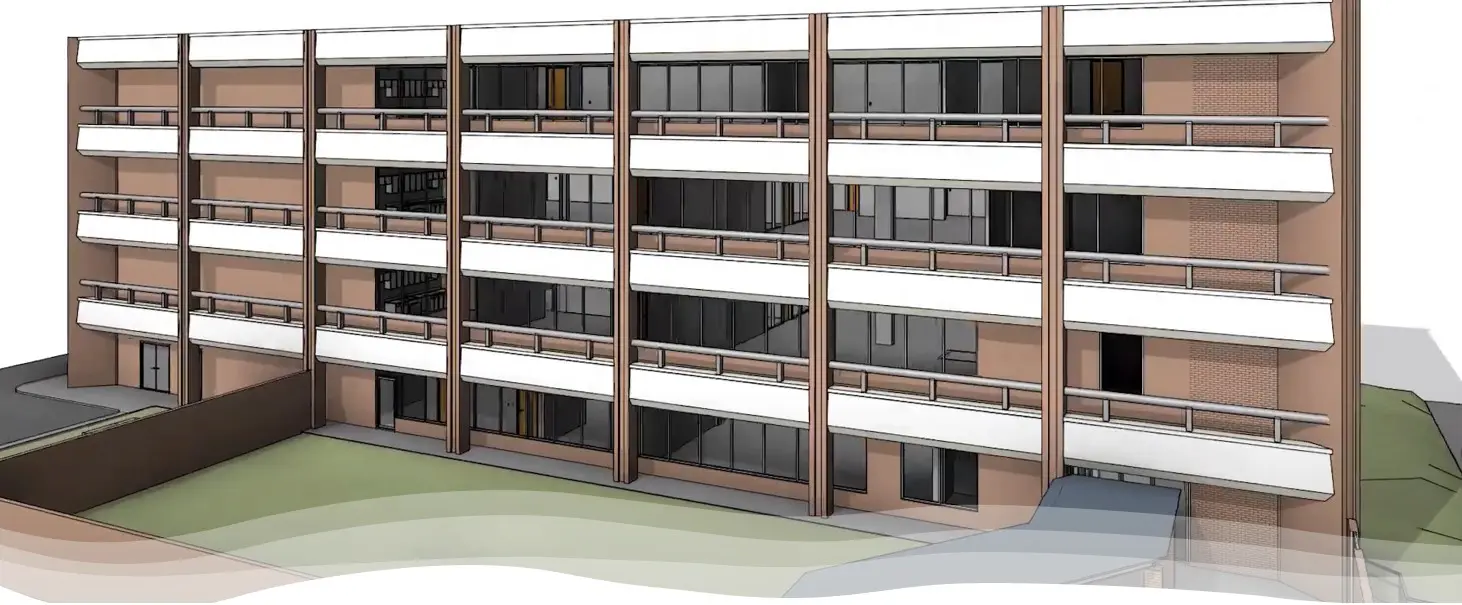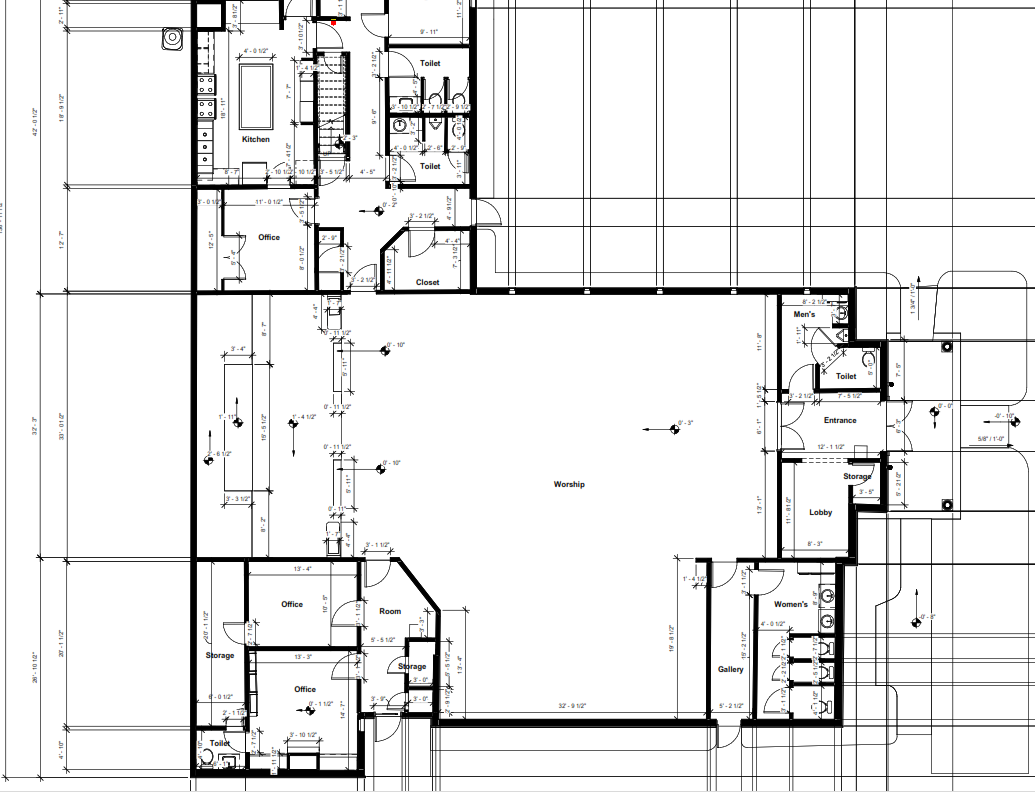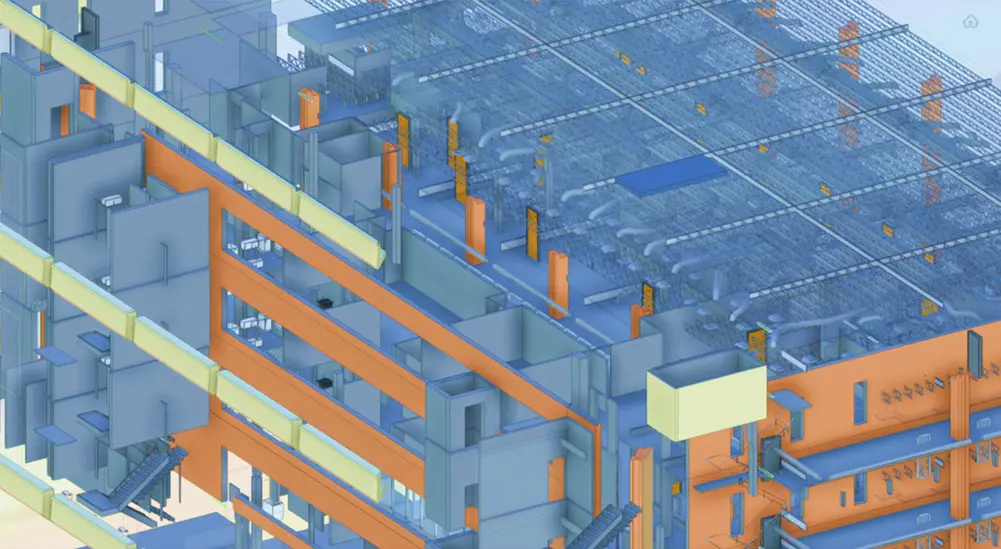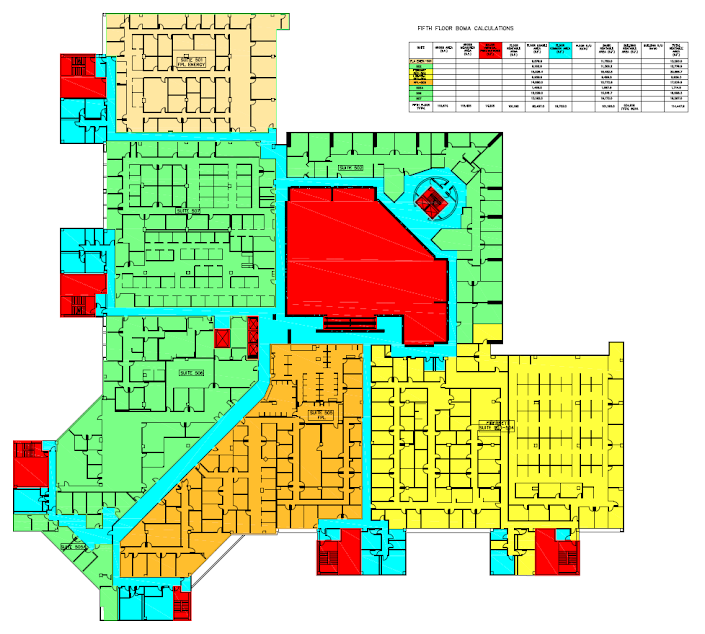LiDAR in Architecture: How Technology Is Changing the Way We Design
In the field of architecture, technological advancements are revolutionizing the way we approach design and construction. One such groundbreaking technology is LiDAR (Light Detection and Ranging), which has gained significant popularity for its ability to capture precise and detailed spatial data. LiDAR service, LiDAR survey, and LiDAR 3D mapping are becoming integral tools for architects, offering unprecedented insights into the built environment. In this article, we will explore the transformative impact of LiDAR in architecture and how it is reshaping the design process.
LiDAR Service: Enhancing Precision and Efficiency
LiDAR services are playing a pivotal role in architecture by providing architects with accurate data for their design projects. A LiDAR survey involves using laser beams to measure distances and capture precise information about the surrounding environment. This service enables architects to obtain comprehensive data about terrain, topography, and existing structures. By utilizing LiDAR service, architects can save significant time and resources, as it eliminates the need for manual measurements and traditional surveying methods.
LiDAR Survey: A New Dimension of Data Collection
Traditionally, architects relied on manual surveys to collect data about a site. However, LiDAR surveying has revolutionized this process. By utilizing LiDAR technology, architects can collect vast amounts of data in a fraction of the time it would take through manual surveys. The LiDAR survey captures millions of data points, creating a highly accurate three-dimensional representation of the site. This comprehensive dataset provides architects with detailed insights into the existing conditions, helping them make informed design decisions.
LiDAR 3D Mapping: Visualizing Spaces with Unparalleled Accuracy
One of the most significant benefits of LiDAR technology in architecture is its ability to create highly accurate 3D maps. LiDAR 3D mapping captures the physical characteristics of a space, including its dimensions, contours, and even intricate details. This level of accuracy allows architects to visualize the site in detail before the construction process begins. By integrating LiDAR 3D mapping into the design process, architects can optimize space utilization, identify potential challenges, and ensure precise alignment between the design and the existing environment.
The Advantages of LiDAR in Architecture
LiDAR technology offers numerous advantages for architects and the design process as a whole. Firstly, it enables architects to gather data remotely, reducing the need for physical site visits and minimizing disruption. Secondly, the accurate and comprehensive data obtained through LiDAR surveys helps architects to create more precise designs, reducing the risk of errors and ensuring better overall project outcomes. Lastly, the integration of LiDAR technology facilitates collaboration between architects, engineers, and other stakeholders, as the 3D data can be easily shared and analyzed.
Conclusion
LiDAR technology is transforming the architecture industry by revolutionizing the way we approach design and construction. The availability of LiDAR service, LiDAR surveys, and LiDAR 3D mapping has opened up new possibilities for architects, allowing them to create more accurate, efficient, and sustainable designs. As this technology continues to evolve, we can expect further advancements that will shape the future of architecture, making it an even more exciting and dynamic field. Embracing LiDAR in architecture is no longer an option but a necessity for those seeking to stay at the forefront of the industry.




